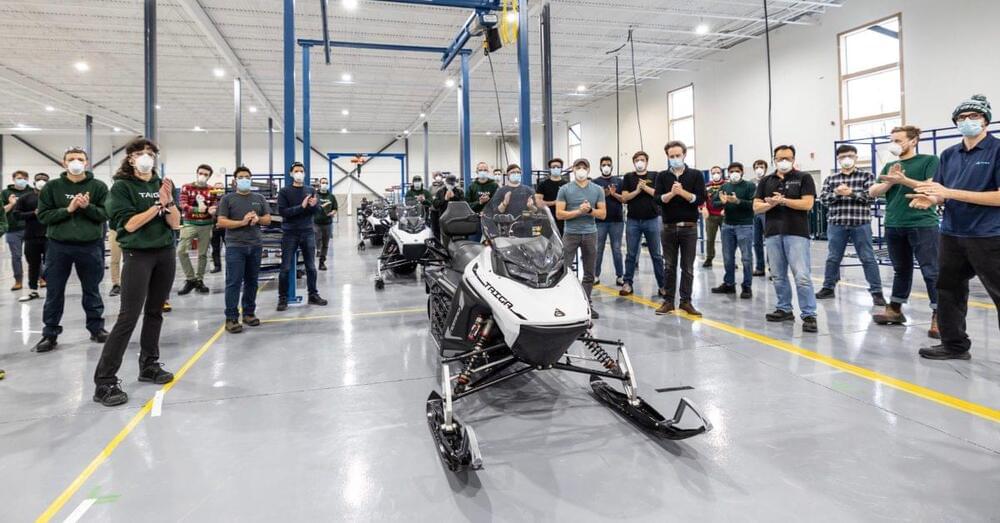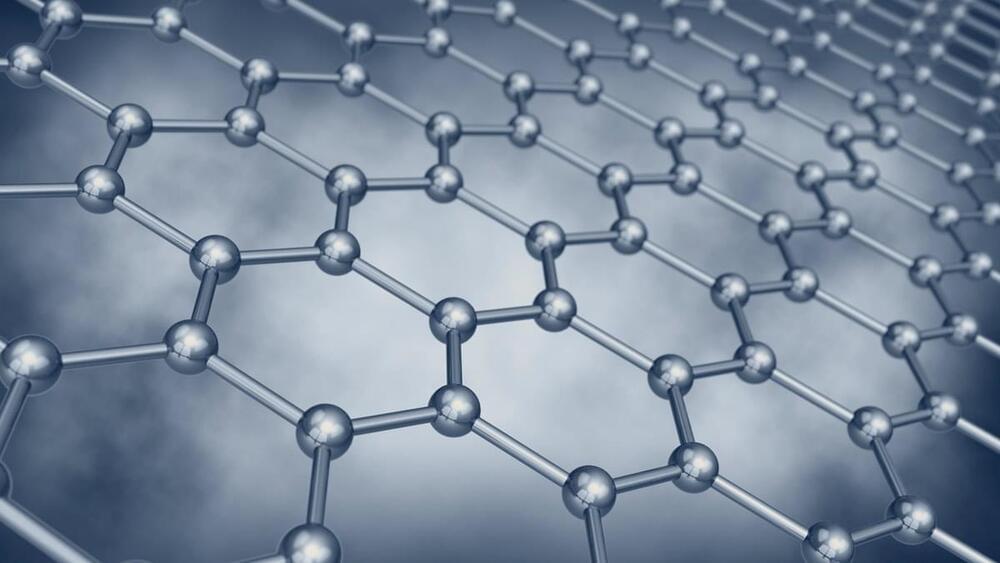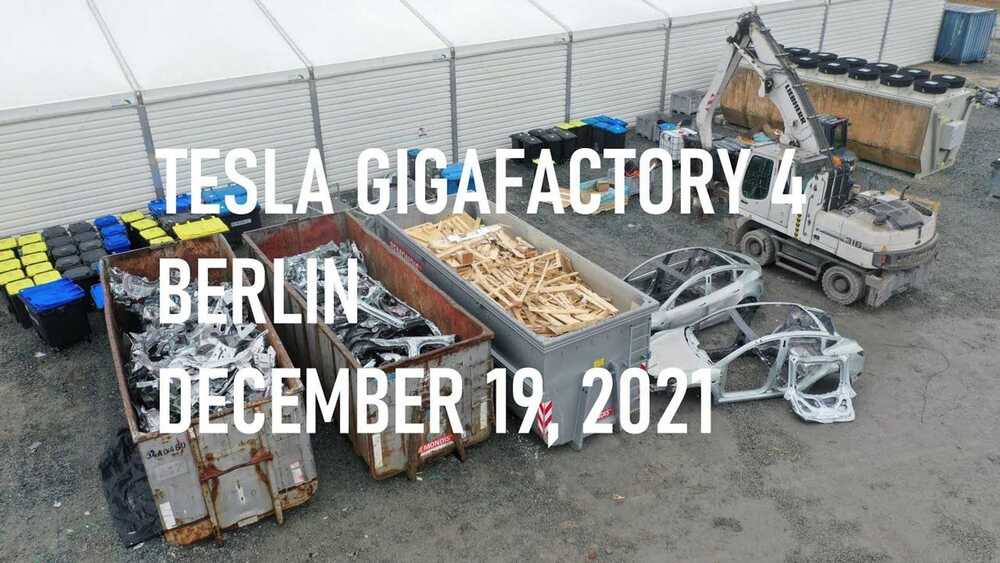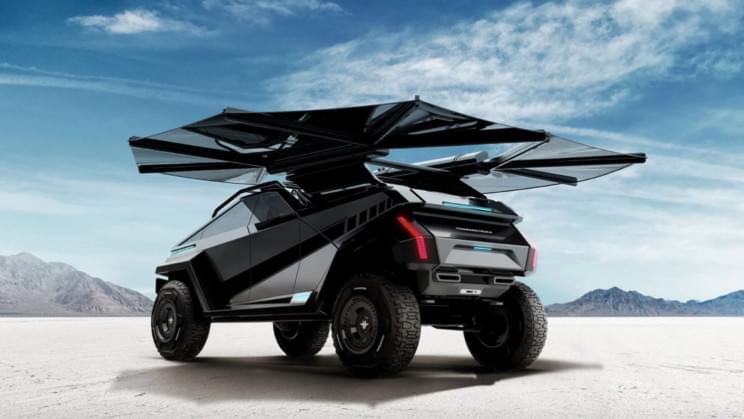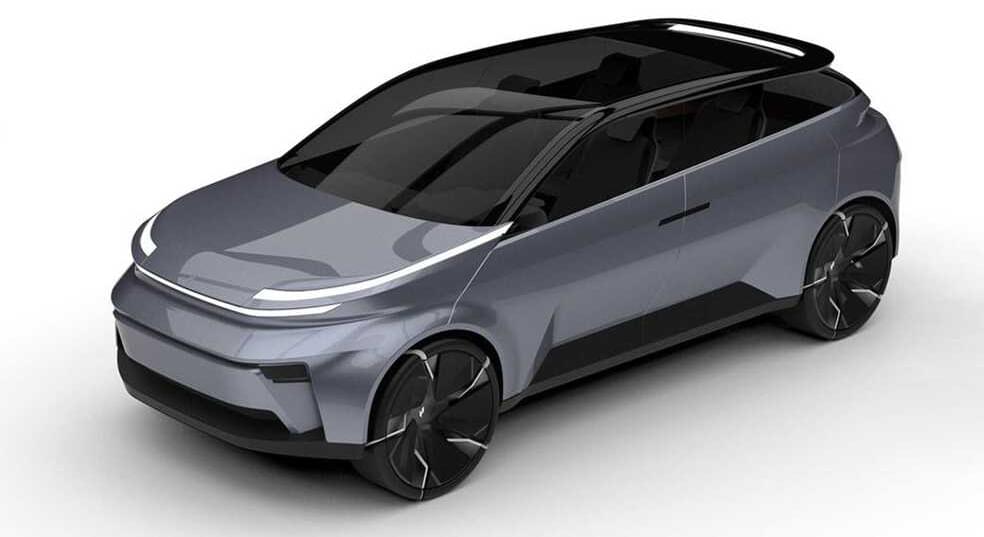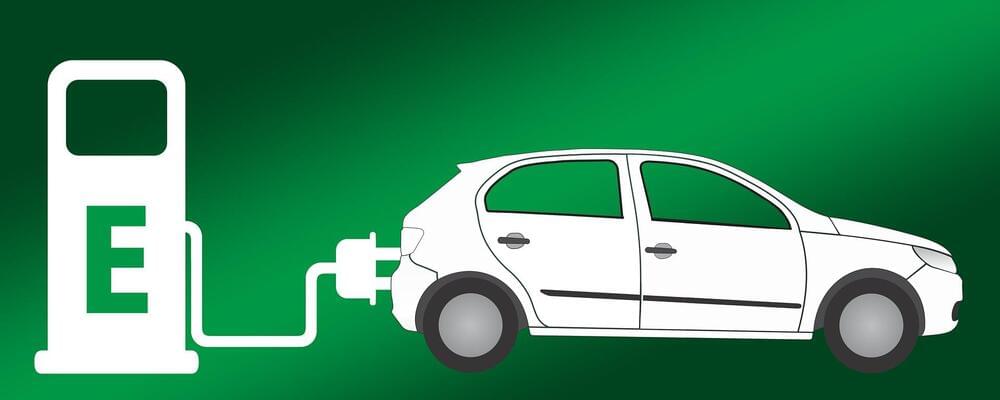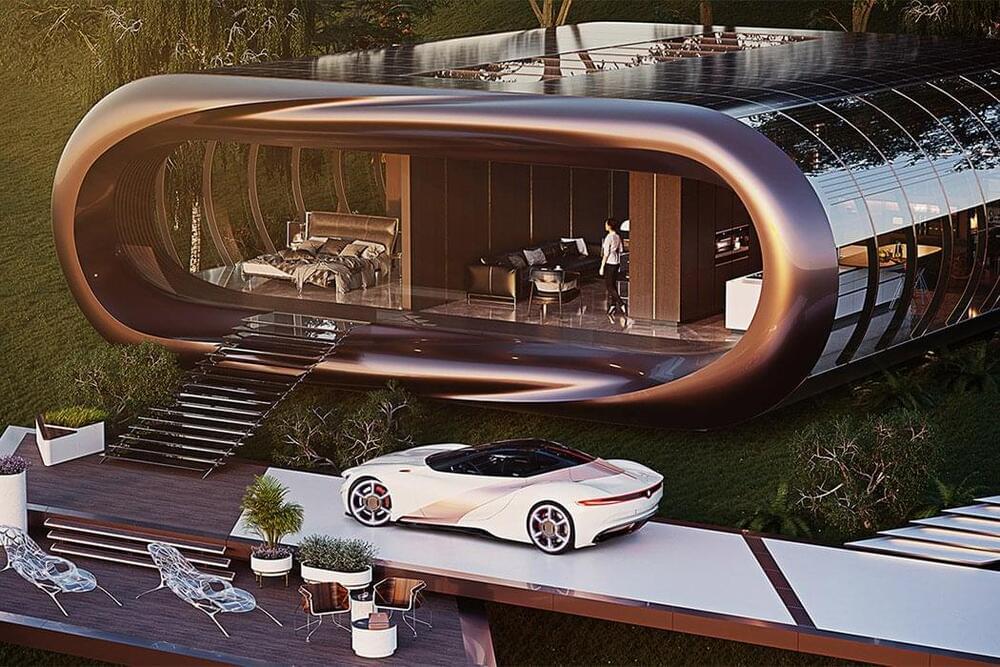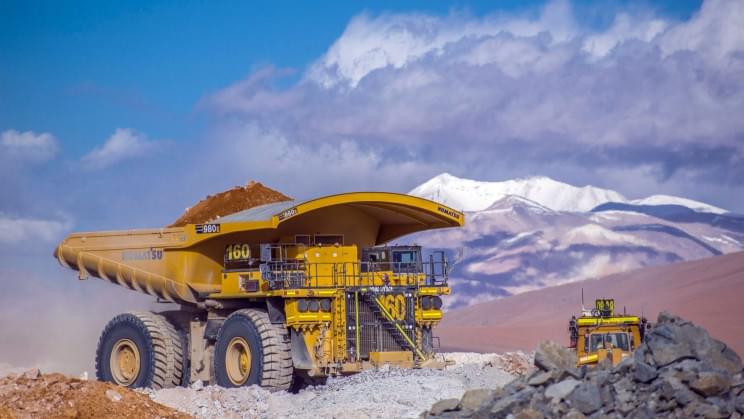And soon it will even dock automatically.
X Shore, the Swedish sustainable boat firm responsible for the Eelex 8,000 recently opened two new offices in the U.S. as part of its plans for expansion, following its U.S. debut at the Palm Beach International Boat Show in March.
“The Eelex 8,000 can travel up to 100nm at lower speeds and can reach speeds over 30 knots. This allows our customers to enjoy being environmentally conscious, without sacrificing performance,” X Shore CEO Jenny Keisu explains in an interview over email.
Since it was founded in 1996, the company has added a host of impressive technologies to its electric boat, drawing comparisons to the “Tesla of the seas”. But, as Keisu tells us, the benefits of the Eelex 8,000 go far beyond providing a sustainable alternative to private boats running on fossil fuels.
The ‘Tesla of the seas’ Much like Tesla, X Shore is bringing a steady cadence of software updates to its boats and the firm even claims it will soon add an autodocking feature, though specifications are yet to be revealed. The technology in its Eelex 8,000 is arguably comparable and, in some cases, more advanced than that of high-end electric vehicles.
Full Story:

